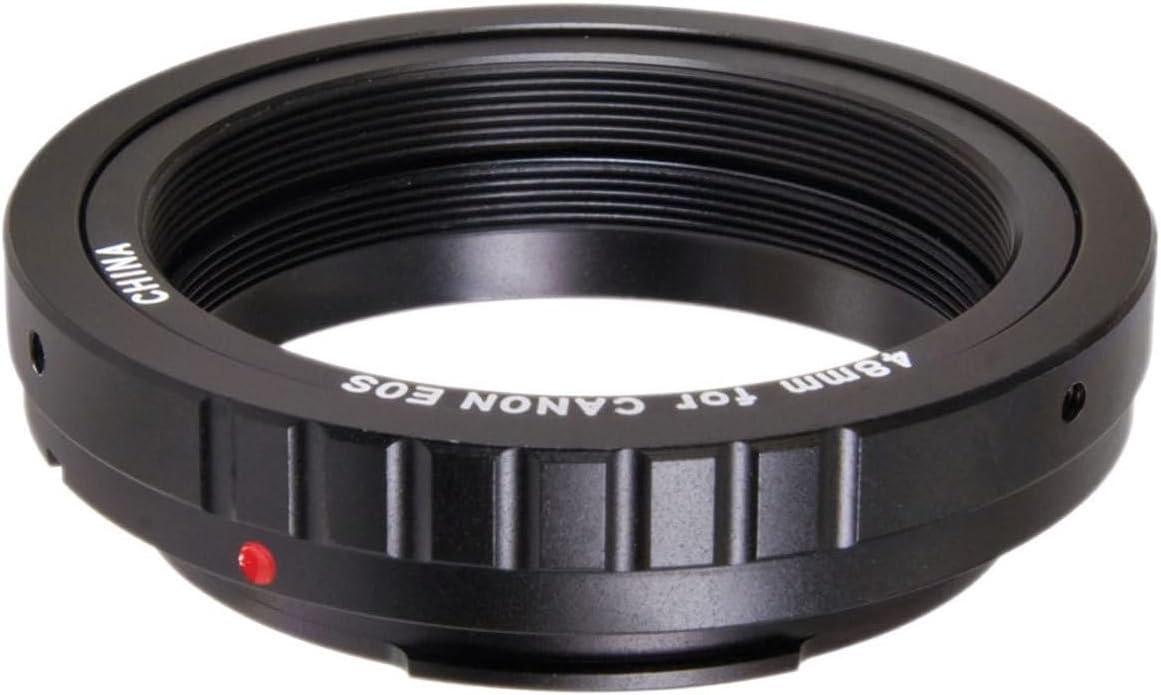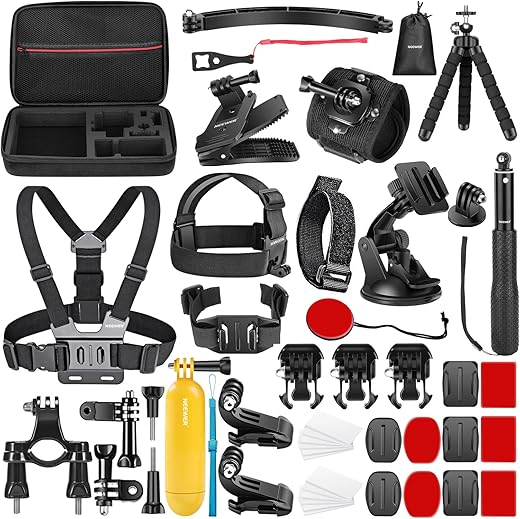
Are Bifocal Sunglasses Worth It? A Comprehensive Guide
Have you ever found yourself constantly switching between your regular glasses and sunglasses, feeling frustrated and inconvenienced? If so, you’re definitely not alone. The struggle to protect your eyes from the sun’s harmful rays while maintaining clear vision can be a real challenge. But fear not, because the answer to your problem might just lie in bifocal sunglasses! In this comprehensive guide, we’ll delve into the world of bifocal sunglasses and help you decide if they are truly worth the investment. So sit back, relax, and let’s explore the benefits and drawbacks of these innovative eyewear options together.
Top Picks for Trendy Bifocal Sunglasses

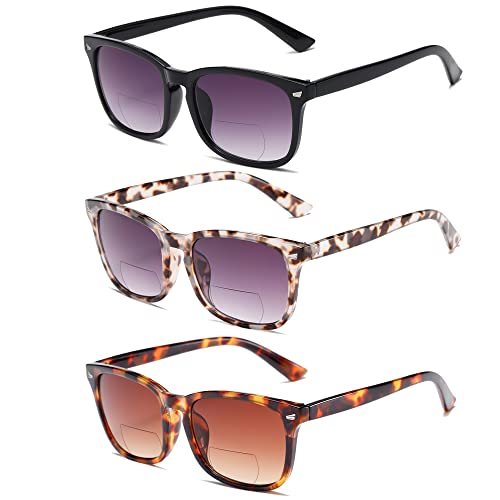




What are Bifocal sunglasses?
Bifocal sunglasses are a type of eyewear that combines the features of both regular sunglasses and bifocal lenses. They are specifically designed for individuals who require correction for both near and distance vision, helping them to see clearly in both situations without the need to switch between different pairs of glasses.


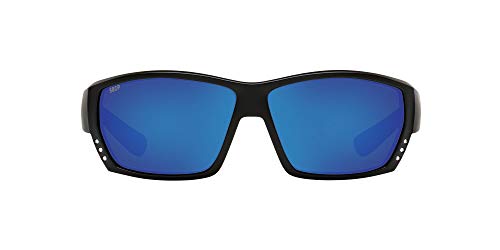
The Unique Lens Design
The key feature of bifocal sunglasses lies in their unique lens design. Unlike regular sunglasses that have a single prescription throughout the lens, bifocal sunglasses incorporate two different prescriptions in a single lens. This design allows individuals with presbyopia, a common age-related condition, to have clear vision for both up-close tasks and faraway objects without the hassle of carrying around multiple pairs of glasses.
The lens of bifocal sunglasses is divided into two distinct areas:
1. Distance Vision Area
The upper portion of the lens is dedicated to distance vision. This area is usually set to your preferred prescription for viewing objects beyond arm’s length. Whether you’re driving, playing outdoor sports, or enjoying a day at the beach, this part of the lens ensures that you can see faraway objects with clarity, while also protecting your eyes from harmful UV rays.
2. Near Vision Area
The lower portion of the lens is designed for near vision tasks such as reading, using a smartphone, or doing close-up work. This lower segment contains a prescription that corrects for the loss of near vision, which is common in presbyopia. By looking downwards through this area of the lens, you can easily shift your focus to nearby objects without the need to switch to a separate pair of reading glasses.
Benefits and Key Points
To help you understand the advantages and key points of bifocal sunglasses, here is a quick look at some of their benefits:
- Convenience: Bifocal sunglasses eliminate the need to carry multiple pairs of glasses, allowing you to seamlessly transition between near and distance vision tasks.
- Sun protection: Bifocal sunglasses provide the same level of UV protection as regular sunglasses, shielding your eyes from harmful sun rays.
- All-in-one solution: With bifocal sunglasses, you can enjoy outdoor activities, engage in close-up tasks, and protect your eyes from the sun, all without needing to switch eyewear.
- Easy adaptation: Once you get used to bifocal sunglasses, you’ll find that your eyes automatically adjust to the different visual needs, resulting in a seamless and comfortable viewing experience.
| Regular Sunglasses | Bifocal Sunglasses | |
|---|---|---|
| Vision Type | Single distance | Near and distance |
| Convenience | May need multiple pairs | All-in-one solution |
| UV Protection | Yes | Yes |
| Adaptation | N/A | Easy adjustment |
In conclusion, bifocal sunglasses are a practical and convenient solution for individuals with presbyopia who require both near and distance vision correction. Their unique lens design effectively combines the benefits of regular sunglasses with the added functionality of bifocal lenses, providing clear vision and sun protection in one stylish package. So, whether you’re enjoying the great outdoors or simply reading a book on a sunny day, bifocal sunglasses are the perfect eyewear companion.
Benefits of Bifocal sunglasses
Bifocal sunglasses are a revolutionary eyewear option that combines the functionality of regular sunglasses with the vision correction needs of individuals who require both near and distance vision correction. In this blog section, we will explore the advantages of using bifocal sunglasses and how they can improve various activities such as reading, driving, and outdoor sports.
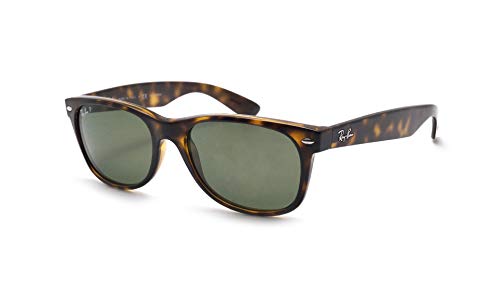


Convenience of Dual Vision Correction
One of the key benefits of bifocal sunglasses is the convenience they offer by providing both near and distance vision correction in one pair of sunglasses. Instead of constantly switching between regular sunglasses and reading glasses, bifocal sunglasses eliminate the hassle of carrying and switching between multiple pairs of eyewear. With bifocal sunglasses, you can seamlessly transition from reading a book to observing distant objects or landscapes without the need for extra eyewear.
Improved Reading Experience
Bifocal sunglasses are particularly beneficial for individuals who enjoy reading outdoors. The upper part of the lenses in bifocal sunglasses corrects distance vision, allowing you to comfortably view objects in the distance. On the lower part, there is a smaller portion dedicated to near vision correction, optimizing your ability to read books, magazines, newspapers, or even your smartphone or tablet. This means you can enjoy your favorite books or articles while lounging by the pool or on a beach vacation, enhancing your reading experience under the sun.
Enhanced Driving Vision
Driving requires sharp distance vision to maintain safety on the road, but many individuals also need assistance with near vision, especially when reading directions, maps, or checking their dashboard displays. Bifocal sunglasses address this issue by offering a solution for both distance and near vision correction simultaneously. With bifocal sunglasses, you can have a clear view of the road ahead while effortlessly reading road signs or your car’s navigation system. By reducing the need to constantly switch between regular sunglasses and reading glasses, bifocal sunglasses provide a safer driving experience.
Ideal for Outdoor Sports
Outdoor sports enthusiasts can benefit greatly from bifocal sunglasses. Whether you enjoy fishing, golfing, or cycling, bifocal sunglasses provide a convenient solution to cater to both your distance vision needs and your ability to focus on close-up tasks. For example, when fishing, you can accurately spot fish in the distance and effortlessly tie knots or handle your fishing gear with the lower near vision correction portion of the bifocal sunglasses. This versatility makes bifocal sunglasses a preferred choice for outdoor sports enthusiasts who can save time and avoid the inconvenience of swapping eyewear during their active pursuits.
To summarize the advantages of bifocal sunglasses, let’s take a quick look at the benefits in a comparison table:
| Regular Sunglasses | Bifocal Sunglasses | |
|---|---|---|
| Near Vision | Requires separate reading glasses | Convenient near vision correction built-in |
| Distance Vision | Clear distance vision | Clear distance vision |
| Convenience | Multiple pairs of eyewear | One pair for all vision needs |
| Reading Experience | Limited clarity for reading close up | Optimal near vision correction for reading |
| Driving Vision | Clear distance vision | Clear distance and near vision simultaneously |
| Outdoor Sports | Limited functionality for close-up tasks | Enhanced versatility for all outdoor activities |
Bifocal sunglasses offer an all-in-one solution for individuals who require both near and distance vision correction. With their convenience, improved reading experience, enhanced driving vision, and suitability for outdoor sports, bifocal sunglasses provide numerous benefits that can greatly improve your daily activities while protecting your eyes from harmful UV rays.
Drawbacks of Bifocal sunglasses
When it comes to vision correction and protection from the sun, bifocal sunglasses offer a convenient solution. Designed with two distinct optical powers, these sunglasses allow wearers to enjoy clear vision both near and far. However, it’s important to consider the potential drawbacks of bifocal sunglasses before making a purchase. In this section, we will explore these drawbacks to help you make an informed decision.


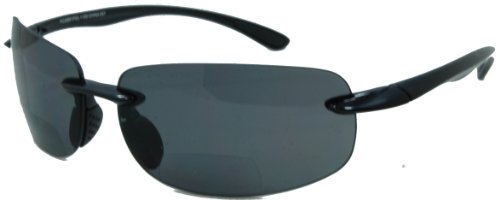
1. Adjustment Period
Just like any new eyewear or vision correction solution, there is generally an adjustment period when first using bifocal sunglasses. This adjustment period can vary from person to person, but it is important to be aware that it may take some time for your eyes to adapt to the different optical powers. During this period, you may experience some discomfort or difficulty in finding the sweet spot for clear vision. However, with time and persistence, most users find that their eyes adjust to the new lenses and the visual experience becomes seamless.
2. Distortion in Peripheral Vision
One of the potential drawbacks of bifocal sunglasses is the risk of experiencing some distortion in peripheral vision. Since bifocals are designed with a visible line separating the two optical powers, this line can obstruct your view when looking to the sides. This can be particularly noticeable during activities that require increased awareness of your surroundings, such as driving or participating in sports. It is important to note that the level of distortion can vary depending on the specific design of the bifocal sunglasses.
3. Appearance
The appearance of bifocal sunglasses can be a concern for some individuals. The visible line on the lens can be noticeable and may not be aesthetically pleasing to everyone. However, it is worth noting that there are now bifocal sunglasses available with progressive lenses that eliminate the visible line. These progressive lenses seamlessly transition from one power to another, providing a more natural and attractive look.
4. Cost
Another aspect to consider when purchasing bifocal sunglasses is the cost. Compared to regular sunglasses, bifocal sunglasses tend to be more expensive due to the added complexity of the design. Additionally, if you opt for progressive lenses, the cost can be further increased. However, it is important to weigh the cost against the benefits offered by bifocal sunglasses, such as the convenience of having both near and far vision correction in one pair of sunglasses.
To summarize the drawbacks of bifocal sunglasses:
- Adjustment period required for first-time users
- Potential distortion in peripheral vision
- Aesthetic concerns regarding the visible line in traditional bifocals
- Higher cost compared to regular sunglasses
Despite these drawbacks, for many individuals, the advantages of bifocal sunglasses outweigh the potential downsides. It is important to carefully consider your specific needs and preferences before making a decision. Consulting with an optician or eye care professional can also provide valuable insight and guidance to ensure that you choose the best eyewear option for your specific needs.
Factors to consider before purchasing Bifocal sunglasses
Bifocal sunglasses are a versatile eyewear option that offers clear vision for both near and far distances. Whether you require a prescription or simply need assistance with reading in the sun, bifocal sunglasses can be a valuable addition to your eyewear collection. However, finding the perfect pair may require careful consideration of several factors. In this guide, we will outline the key considerations you should keep in mind when purchasing bifocal sunglasses to ensure they meet your specific needs.


1. Vision Needs
Understanding your vision needs is essential when selecting bifocal sunglasses. Consider the following factors:
- Prescription: If you need a prescription for reading or distance vision correction, it is important to ensure that the bifocal sunglasses can accommodate your prescription to provide optimal vision clarity.
- Diopter Strength: Bifocal sunglasses are available in various diopter strength options. Consulting with an eye care professional will help you determine the level of correction needed for each distance.
- Lens Material: Different lens materials offer distinct benefits such as durability, lightweight, and scratch resistance. Choose a lens material that meets your requirements.
2. Lifestyle and Activities
Your lifestyle and daily activities play a crucial role in selecting the right bifocal sunglasses. Consider the following aspects:
- Outdoor Activities: If you frequently engage in outdoor activities such as sports or hiking, you may require a more durable and impact-resistant frame material.
- Style Preference: Bifocal sunglasses come in a variety of frame styles, including aviator, wraparound, and sport-specific designs. Select a style that matches your personal preference and complements your face shape.
- Frame Fit: Ensure that the frame size and shape provide a comfortable and secure fit. Ill-fitting sunglasses can cause discomfort during prolonged wear or physical activities.
3. Lens Design
The lens design of bifocal sunglasses can vary, and it’s important to understand the options available. Consider the following lens designs:
- Traditional Bifocals: These lenses have a distinct visible line that separates the distance and reading portions. This design provides a clear transition between the two focal points but may not be aesthetically appealing to some individuals.
- Progressive Bifocals: These lenses offer a gradual transition between the different focal points, without a visible line. Progressive bifocal lenses provide a more seamless visual experience and a more natural appearance.
4. Budget
Considering your budget is an important part of the decision-making process. Bifocal sunglasses are available in a range of price points, and your budget will determine the available options. Factors that can influence the cost include lens material, frame material, brand, and additional features such as polarization or anti-reflective coatings.
To summarize, when purchasing bifocal sunglasses, take into account your vision needs, lifestyle, activities, and budget. By considering these factors and understanding the available options, you can choose the best pair of bifocal sunglasses that offer the clear vision you need, alongside comfort and style.
Key Takeaways
- Understand your vision needs, including if you require a prescription or a specific diopter strength.
- Consider your lifestyle and daily activities, selecting a frame material and style that matches your requirements.
- Explore different lens designs such as traditional bifocals or progressive bifocals to find the right fit for your preferences.
- Set a budget and consider factors that may impact the cost, such as lens and frame material, brand, and additional features.
Final Verdict: Making an Informed Decision about Bifocal Sunglasses
In summary, the comprehensive guide on bifocal sunglasses has provided valuable insights into their worth. Considering the advantages and disadvantages, it is evident that bifocal sunglasses can be a worthwhile investment for those with specific vision requirements and outdoor enthusiasts. Nevertheless, it is crucial to seek professional advice to ensure the right fit and prescription for optimal vision and comfort.


